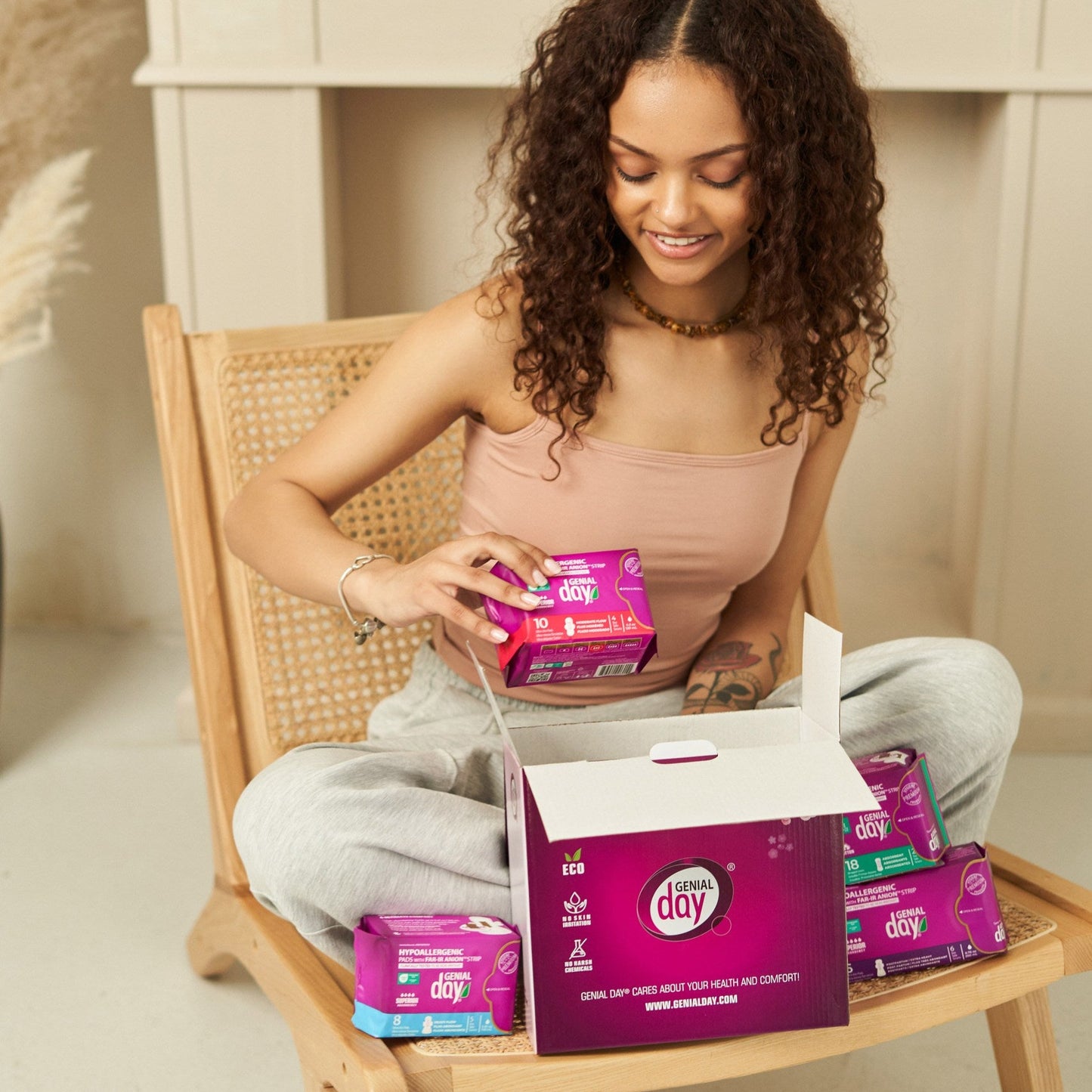We know it too well how public fascination with celebrities extends beyond their artistic work. The media persist on getting celebrities to share their bodily rituals, a practice that is especially acute for women celebrities.
Oftentimes, this body talk is pushed by journalists who are obsessed by what women eat or don’t eat, what they do to stay in shape and so on.
Sometimes celebrities share advice some might find helpful. Other times, they provide medically or scientifically inaccurate advice (or they are misquoted). This leads to public confusion about health and science.
Celebrity‘s attitude
For instance, in an interview with Into the Gloss, young actress Shailene Woodley confessed to sunbathing her vagina. “I was reading an article written by an herbalist I studied about yeast infections and other genital issues, she said there’s nothing better than vitamin D."
The actress does not elaborate on perhaps where the best place to perform this activity might be, but that's presumably because finding a place for nude sunbathing is part of the fun. Do we do this in our backyards? On top of parked vans? In the ball pit at Burger King? Any number of places might be opportune for spreading one‘s legs for some UVA/UVB radiation!
What scientists say
Dr. Michele Berman, a physician who runs the site Celebrity Diagnosis, points out a couple of studies linking vitamin D and optimal lady parts health: “From what I can find about vitamin D in the vagina is that, sometimes, vitamin D can be used in post-menopausal women who have vaginal atrophy.” She mentions another study where researchers found a link between lower vitamin D levels and an increased risk for bacterial vaginosis.
But most people get plenty of vitamin D from just living their normal lives. Also, there’s no way to pick and choose where your body absorbs the vitamin D.
The body processes it with the aid of sunlight. It’s not like the direct contact of sunlight is what gives you a localized source of vitamin D. … That’s just not how it works.
There’s probably not a lot of harm in this, as long as it’s done in moderation. Certainly, taking off all your clothes and opening up your legs for an hour will put you more at risk for burning than anything else. Because if the lips on your face can and do get sunburned, then it follows … you get where we’re going. Yiiiikes.
Vitamin D is unrelated
Genital yeast infections happen when there is an over-abundance of the candida albicans yeast bacteria. The imbalance is usually connected to taking antibiotics, and in some cases, as a reaction to elevated estrogen levels during pregnancy or hormone therapy, or in extreme health conditions, such as diabetes.
Vitamin A deficiency (not vitamin D) has been linked to yeast infections, as vitamin A is important to immunity. Vaginal yeast infections can be treated in various ways, including antifungal medicine, and by other general rules of sexual hygiene (for all genders). Sunbathing is not one of the medical treatments advocated by experts.
Aside from the general health risks of skin cancer, the vagina works as a self-cleaning system for a reason. Its own acidic pH and fluids prevent many infections (unless there’s an illness) and so vaginas generally work just fine and should not be exposed to UV rays.
The verdict
There is no scientific basis for sunbathing to cure yeast infection nor any other vaginal condition. “There is no data to show that sunbathing the vagina prevents yeast infections,” says Dr. Leah Millheiser, chief scientific officer at Nuelle. She notes that Ms. Woodley’s theory may come from the fact that exposure to warm, moist environments may lead to the development of a yeast infection, however, there is a better, safer way to prevent yeast infections—one that doesn’t increase the risk of sunburn.
The Australian Cancer Council research shows that, on average, people with lighter skin only need 2-3 hours of Vitamin D exposure during winter months per week. Exposure should only be limited to the face, arms and hands, with sunscreen. In summer only a few minutes of direct sunlight is recommended.
People with darker skin may need three to six times the amount of vitamin D exposure with sunscreen. In summer only a few minutes of exposure is recommended. People with darker skin may need three to six times the amount of vitamin D exposure with sunscreen.
Self-diagnosis is an important way to identify and avoid vaginal yeast infection. This means we women need to understand how vaginas actually function and be familiar with our own bodies.
Misinformation complicates this process of health monitoring. Especially young girls who don’t have good access to education about sexual health and know little about how vaginas work, the type of nonsense some celebrities recommend can lead to problems.




